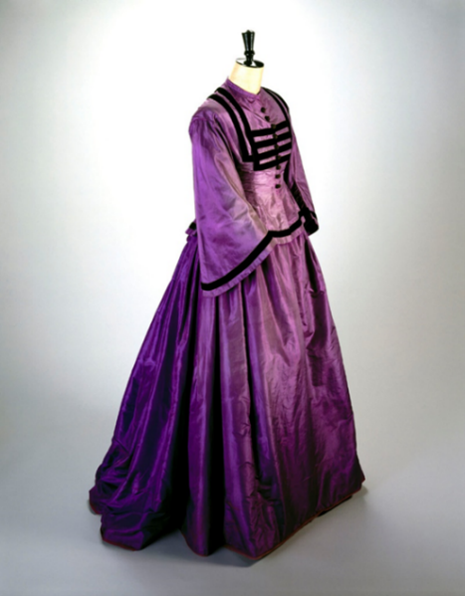Our clothes today come in so many different styles and colors which was unimaginable to people back in the 1800s when clothes were sewn by hand and dyes had to come from natural sources. So, how did we get to the point where we could buy colorful clothing cheaply off the rack?
It all started in 1842 when the first sewing machine was patented by John J. Greenough. However, it was not intended for sewing clothing as you might think. It was patented for use in shoemaking for stitching leather. It was a very simple machine that not a lot of people outside the Patent Office new about.
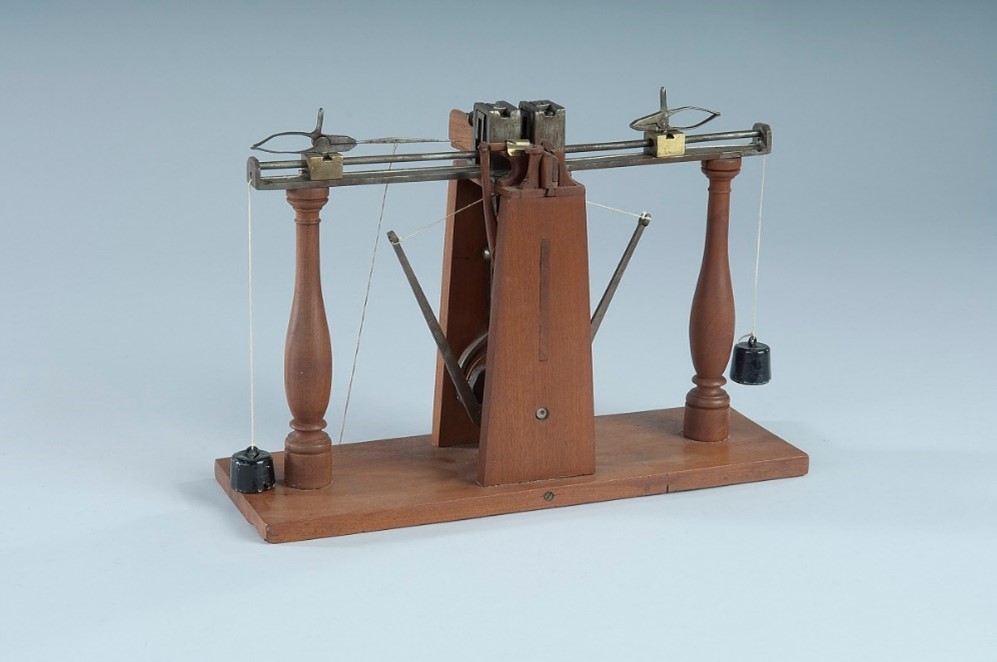
It was not until September 1846 that the first sewing machine for domestic use was patented by Elias Howe. He experienced challenges in finding investors for his machine because it was seen as a scandalous device even though the speed at which it sewed was faster than a seamstress or tailor. Who would have thought that something that saved time and effort could be seen as scandalous? As a result, Howe went to London on a business trip to try to entice investors. By the time he came back to America, the industry had taken off with machines very similar to his own. Unfortunately, Howe did not receive any credit or royalties, which did not sit well with him, as you can imagine. As a result, Howe went to court with the infringers and won every case.
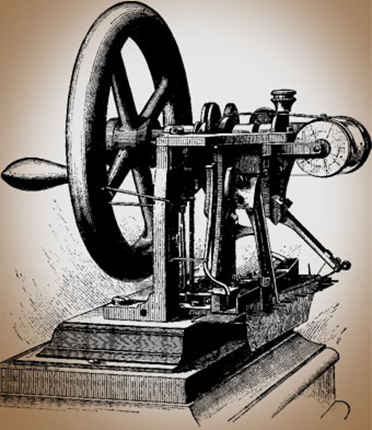
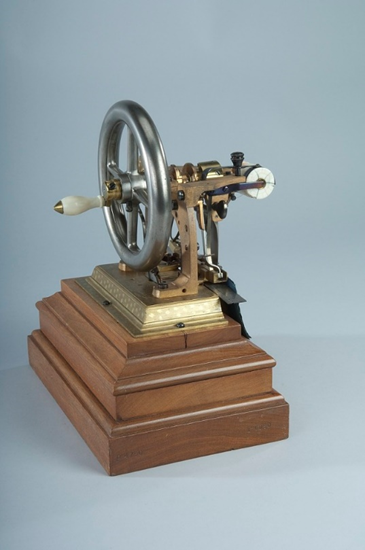
Shortly after Howe’s last court case he was approached by a man named Isaac Singer who had an offer for him. Singer invented a sewing machine that was unlike Howe’s in every way except for the eye-pointed needle that Howe had invented. It had cost Singer thousands of dollars in royalties but inspired the first patent pool, which is an agreement between two or more patent owners to license one or more of their patents to one another or to third parties. A group of manufacturers agreed to Howe’s terms for the use of the needle. Every U.S. manufacturer would pay howe $25 for each machine that was sold, which was eventually lowered to $5. Isaac Singer was the first person to spend more than $1 million in advertising, which is why the world always thinks of Singer when they think of sewing machines.
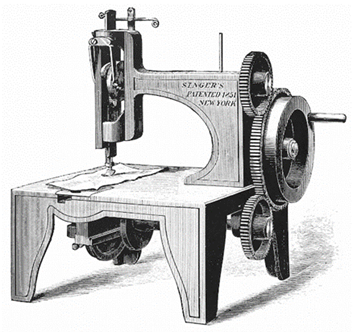
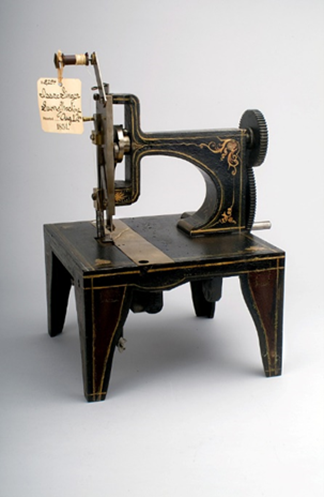
In order to use a sewing machine, a person needs fabric, of which there is a wide variety of materials and colors. Today we have many synthetic fabric options including polyester and nylon and almost all our dyes are synthetic. But how are we able to pick out fabric in almost any color possible? The very first synthetic dye, picric acid, was created in 1771 by Peter Wolfe. Wolfe treated indigo with nitric acid which produced the yellow dye. Picric acid was used for dyeing silk in 1849. But the revolution of brightly colored dyes did not begin until 1856 when William Henry Perkin, a chemist, at the age of eighteen accidently discovered the color mauve. I feel like so many good things happen by accident, and this was certainly one of them!
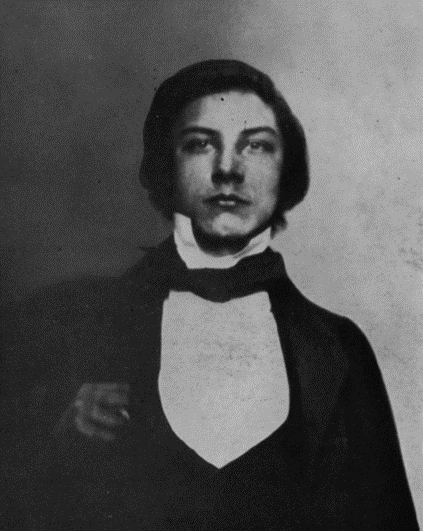
Perkin was trying to make quinine, an anti-malarial drug, from coal-tar which is a by-product of gas and coal production. Instead, he ended up with a reddish powder. Perkin experimented further and used a chemical compound called aniline to create a black product. After being purified, dried, and washed with alcohol, Perkin had created a mauve dye.
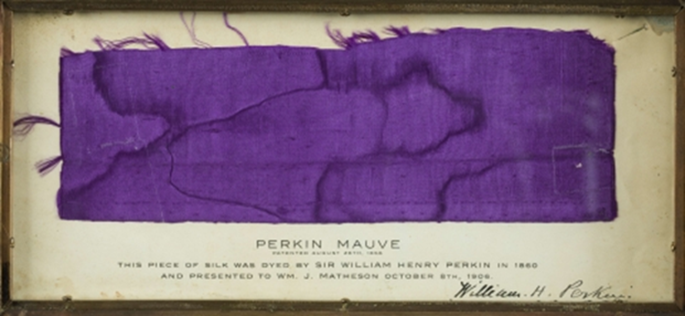
Perkin realized that this new color could turn the manufacturing world upside down. He called his dye “Tyrian Purple” to give it more appeal. This new purple color took the fashion world by storm! It appeared first in Paris and London then spread quickly to America and was featured in women’s magazines.
Synthetic dyes had two advantages over natural dyes. One was cost. Natural dyes could be quite expensive. For example, the color purple had to be taken from the shells of thousands of snails, which was cost prohibitive; consequently, the dye was only reserved for royalty. Another was consistency. Natural dyes had to be created in several different batches and the color could be very inconsistent.
So next time you go to buy fabric or clothes off the rack or use your electric sewing machine, maybe you will think about how all those things were made possible by technology created and discovered over one hundred years ago.
